What Will Stocks Do When “Consensual Hallucination” Ends?
The phenomenon works – until it doesn’t. What’s astonishing is how long it works.
This is the transcript from my podcast last Sunday, THE WOLF STREET REPORT:
There is a phenomenon in stock markets, in bond markets, in housing markets, in cryptocurrency markets, and in other markets where people attempt to get rich. It’s when everyone is pulling in the same direction, energetically hyping everything, willfully swallowing any propaganda or outright falsehood, and not just nibbling on it, but swallowing it hook, line, and sinker, and strenuously avoiding exposure to any fundamental reality. For only one reason: to make more money.
People do it because it works. Trading algos are written to replicate it, because it works.
It works on the simple principle: If everyone believes stocks will go up, no matter what the current price or the current situation, or current fundamental data, then stocks will go up. They will go up because there is a lot of buying pressure because everyone believes that everyone believes that prices will go up, and so they bid up prices and chase stocks higher.
I call this phenomenon “consensual hallucination” – “consensual” because everyone eagerly smokes the same stuff in order to be able to get the same hallucinations everyone else is having, and to be part of the movement, because they believe that this movement will make them rich, and if enough people have this consensual hallucination, and if algos are programmed to trade with it, then it works wonderfully.
Until it doesn’t. The moment it doesn’t is when this hallucination begins to fade. And what happens then?
One of the most fascinating places were consensual hallucination is beautifully at work – until it isn’t – is in the entire cryptocurrency space. At first there was just bitcoin. Then more people invented their own cryptos and started selling them to others for real money. By now there are 2,350 cryptos listed on coinmarketcap.com. Everyone can create their own cryptos and attempt to sell them.
But in order to sell them and push up prices and make money, the creators have to get enough people together that eagerly transition into this consensual hallucination – the feeling that everyone is pulling in the same direction, and that this thing is going to go up and make everyone rich if everyone believes that everyone believes that it will make everyone rich.
There is no fundamental basis for any of these 2,350-plus cryptos to have any value above zero, from bitcoin on down.
But as the folks in the crypto space have found out, this consensual hallucination can suddenly wane, as enough folks are starting to cash out because they no longer believe that everyone believes that this thing will go up further. And suddenly, once they come out of this consensual hallucination, they worry that this sucker is going down. And they try to get out.
This is when prices begin to decline, or plunge, and these dropping prices pull more people out of their hallucinations with a sort of rude awakening, and they sell in order to hang on to what they still have left, and this pushes prices down further and yanks more people out of their consensual hallucinations.
It works wonderfully on the way up, and it can last a lot longer and be a lot more powerful than folks who haven’t smoked the same stuff think possible. But at some point, it turns into a treacherous and gut-wrenching mass-awakening.
To pinpoint when consensual hallucination begins to fade and more people come out from under it is the hardest thing in the world. Since consensual hallucination is by definition not rational, there is no particular rational cause, by definition, for it to end.
But consensual hallucination is not permanent. And it ends. It might be an extreme event that shakes people out of it, such as a severe recession or a financial crisis. Or it might be something more mundane, such as the perception that now is a good time to sell that then begins to spread.
If rational reasons had been allowed to rule those prices, they would have stopped rising a lot sooner. And some things, such as cryptos, would have withered on the vine.
At some point, people do come out from under this consensual hallucination. This can happen very gradually and unevenly, or suddenly and all at once. History is full of both events. And often it’s a combination, at first gradually and then suddenly, or vice versa.
The world is full of stock markets where this has happened:
-
The Japanese Nikkei index is down 42% from the peak in 1989. This 30-year saga had several big plunges and lots of long phases where stocks were just meandering lower, interrupted by rallies. Japanese stocks are a superb example of consensual hallucination through 1989, followed by a treacherous and gut-wrenching awakening.
-
China’s Shanghai Stock Exchange is another perfect example of consensual hallucination that people eventually came out of. That market peaked in October 2007, then plunged as people came out from under it, then soared again but not quite has high, and today remains 52% below the peak 12 years ago.
-
There are many other similar examples, including Italian stocks that are down nearly 60% from the peak in 1999.
-
Or French stocks, down 18% from the peak in 2000.
-
Or Spanish stocks, down 40% from the peak in 2007.
The cryptocurrency space has gotten crushed since the end of 2017, amid the enormous multiplication of cryptos.
In the US, the whole stock-market system is laid out to promote consensual hallucination.
Wall Street’s “research” reports are designed to promote it. Big-money interests that are heavily invested in it promote it. Warren Buffett promotes it. The President promotes it. The Fed promotes it.
The Fed promotes the idea that it has surgically separated stock prices from economic and business realities by trying to get everybody to believe that everybody believes that it has succeeded in doing so, that no matter what, stock prices will always go up. If that doesn’t work, and markets drop anyway, then everyone believes that everyone believes that the Fed will prop them up.
The entire financial advisory industry promotes it. Brokers promote it.
Corporate earnings data is out there for everyone to see, but no one wants to see it. Instead, everyone wants to see and believe the fairy tale that Wall Street and Corporate America spin with such skill. That can take many forms, such as promoting “adjusted” earnings that have obviously been adjusted for the sole purpose of driving share prices higher.
Or promoting “forward earnings growth,” which means earnings growth sometime in the future, and it is always huge, and everyone knows that as the reporting date moves closer, those expectations are lowered. But it’s those distant, wildly inflated “forward earnings” that are used to figure “forward” earnings per share estimates, that are then bandied about as rationalization for the gravity-defying stock prices.
That these “forward” earnings are the biggest hoax out there isn’t new. Everybody knows that everybody knows that they’re dragged out to bamboozle, well, exactly whom? Everybody else?
But it works – as long as everyone believes that everyone believes that this will drive stocks higher. Many people believing in the same thing creates momentum, and momentum creates more momentum, and chasing this momentum creates even more momentum. But then something invariably happens, and the process falls apart.
What’s astonishing is just how long consensual hallucination lasts, and how shocked and appalled people are when it ends.
* * *
You can listen to and subscribe to my podcast on YouTube.
Enjoy reading WOLF STREET and want to support it? Using ad blockers – I totally get why – but want to support the site? You can donate “beer money.” I appreciate it immensely.
Tyler Durden
Fri, 11/01/2019 – 09:39
via ZeroHedge News https://ift.tt/339gAmC Tyler Durden

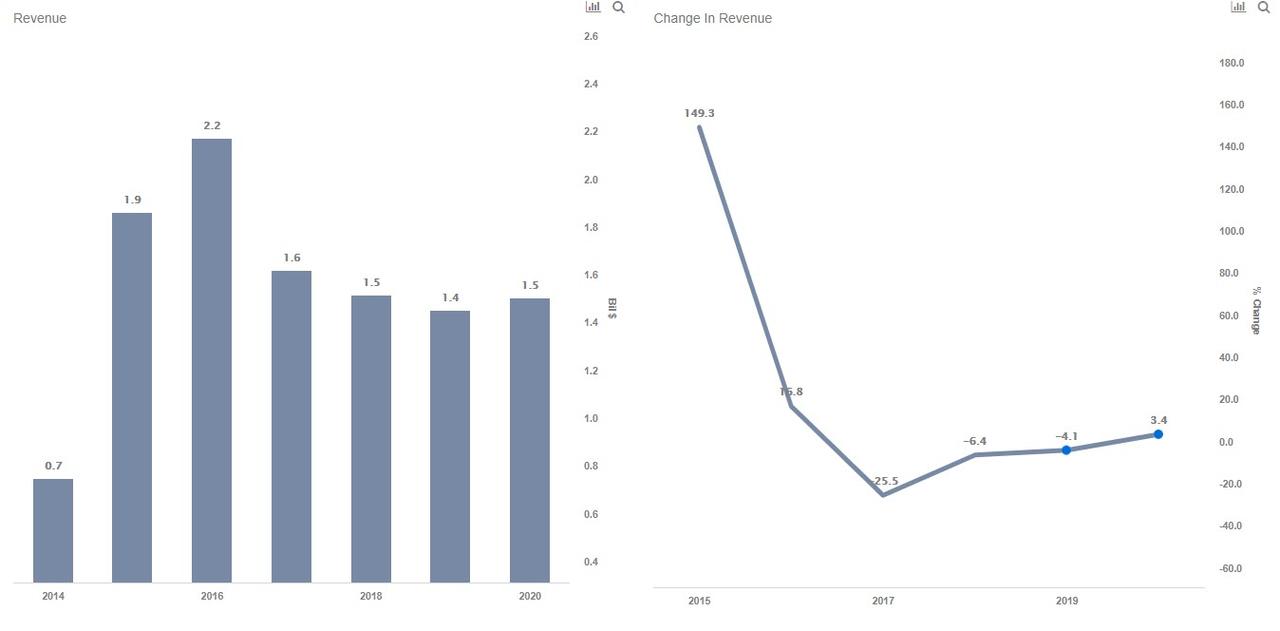
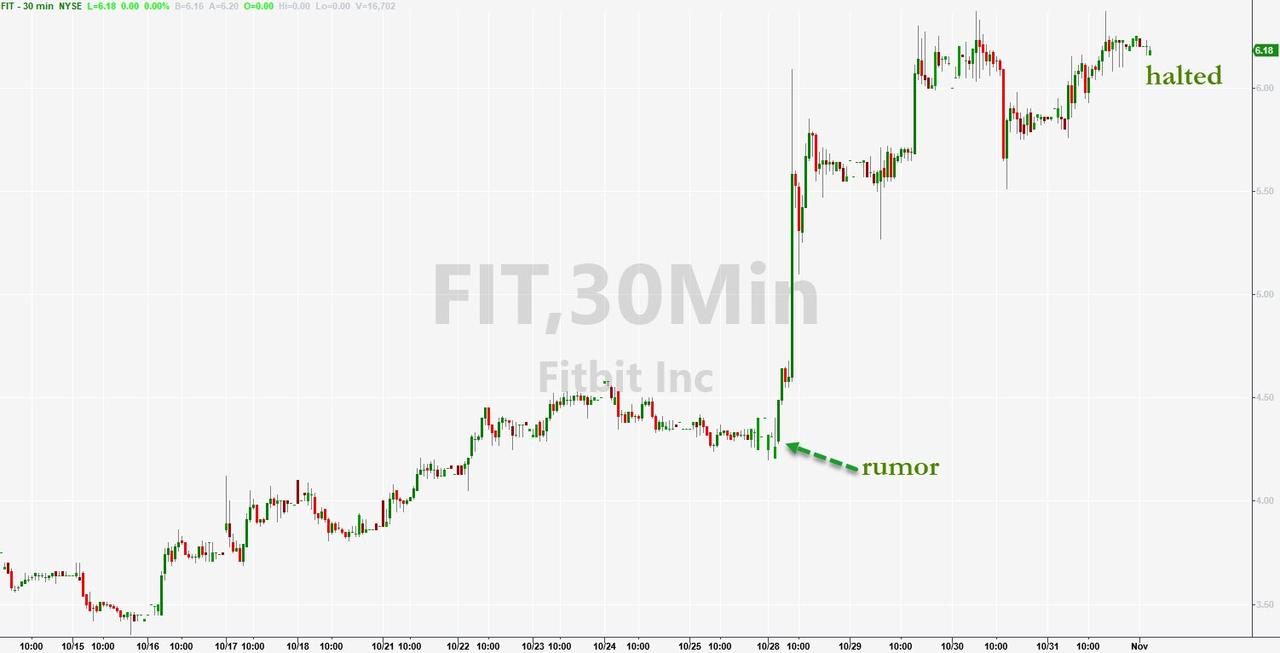


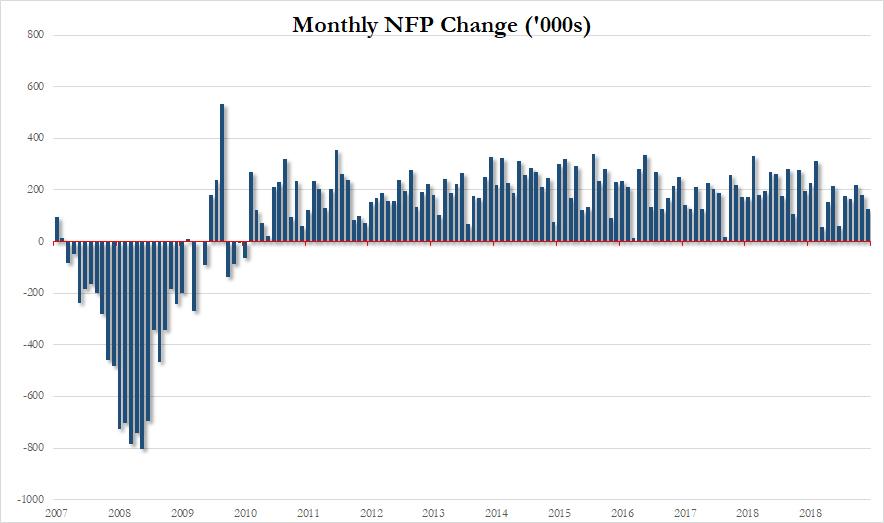
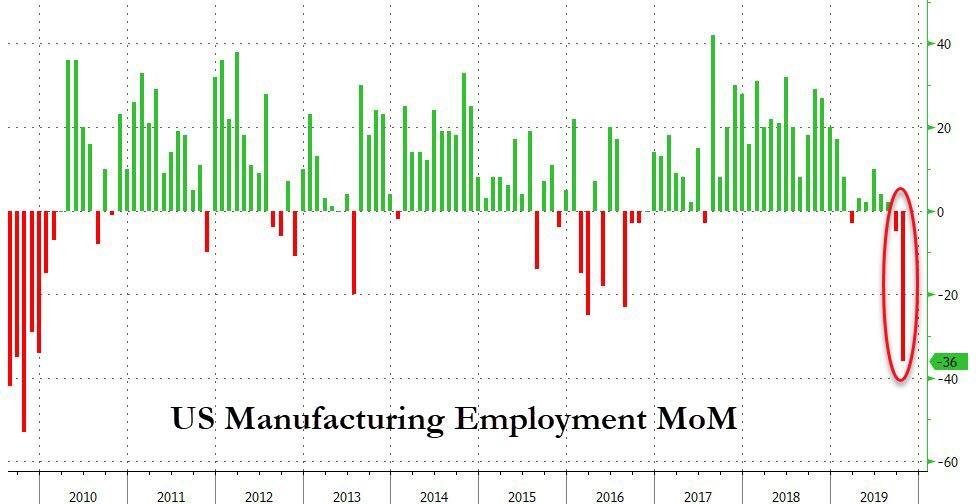
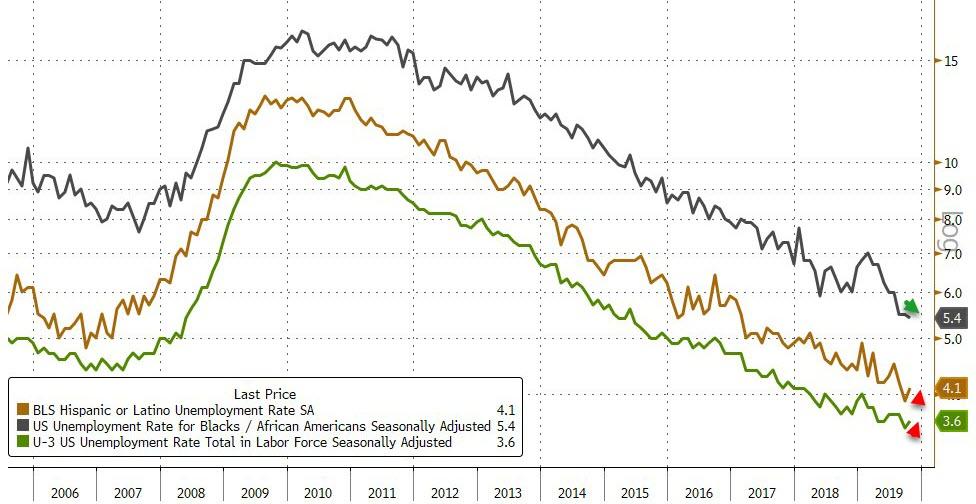
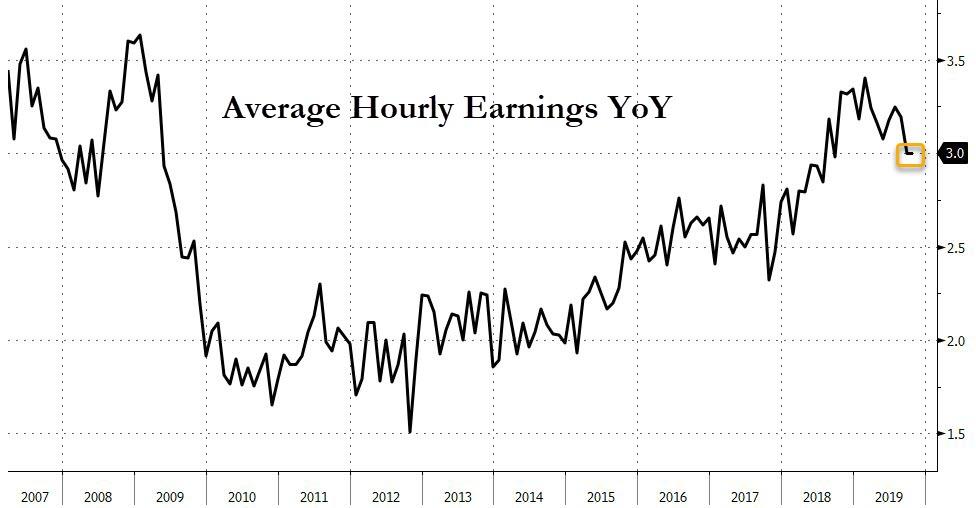

 Nourse’s thriller caught the eye of the Beat writer
Nourse’s thriller caught the eye of the Beat writer